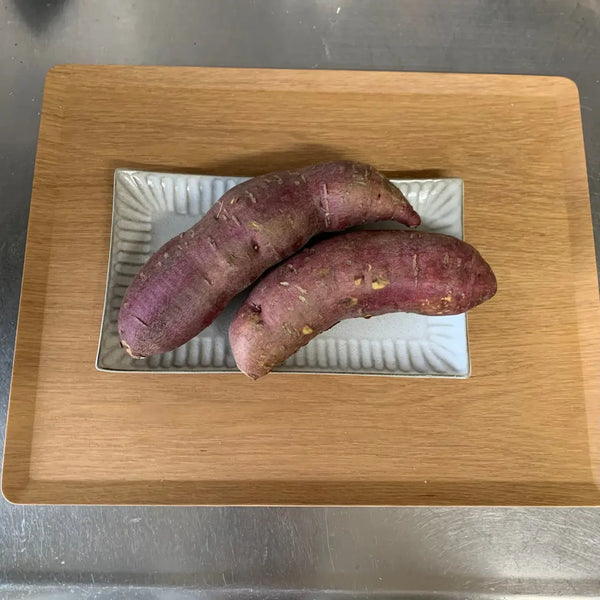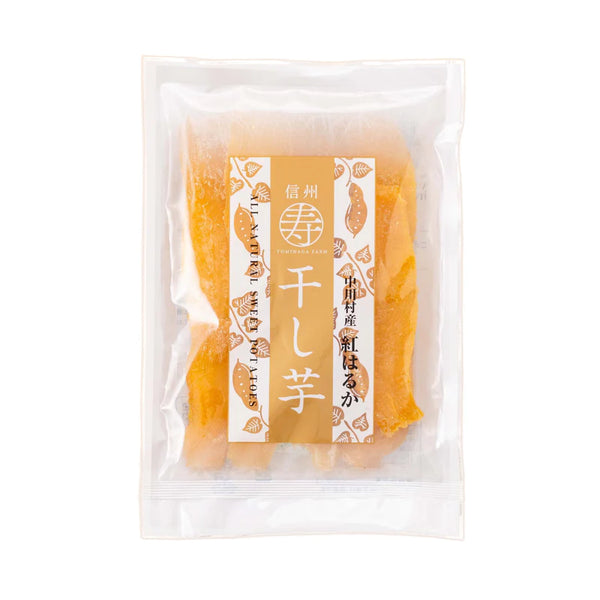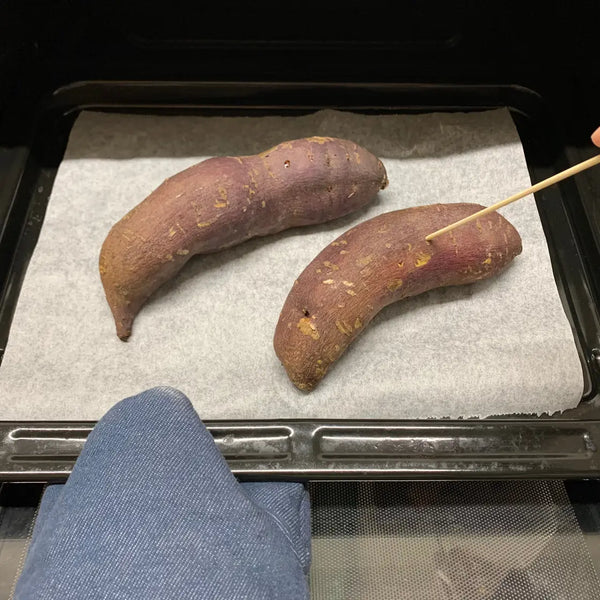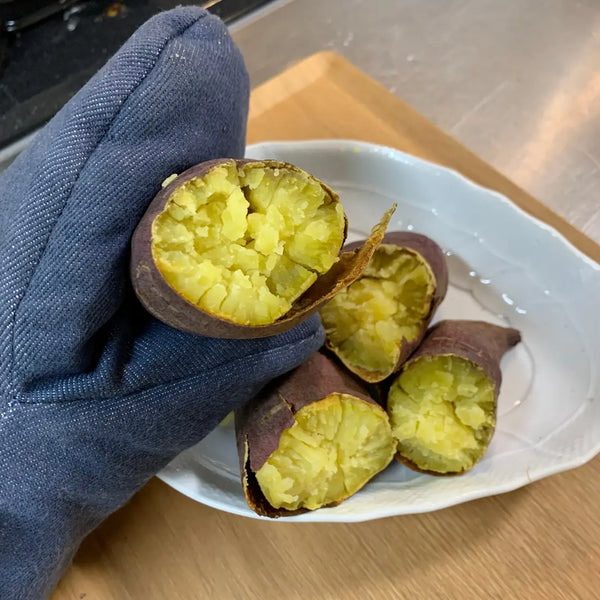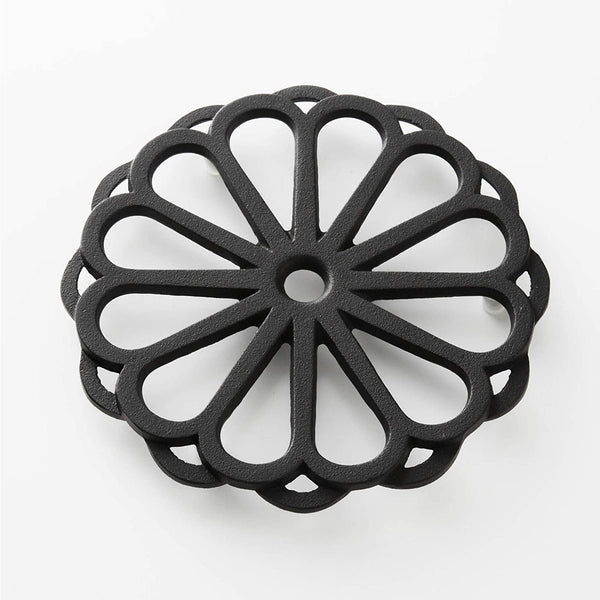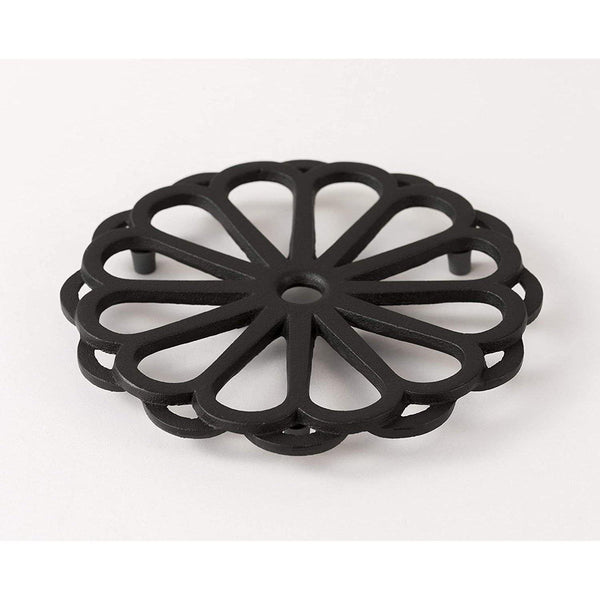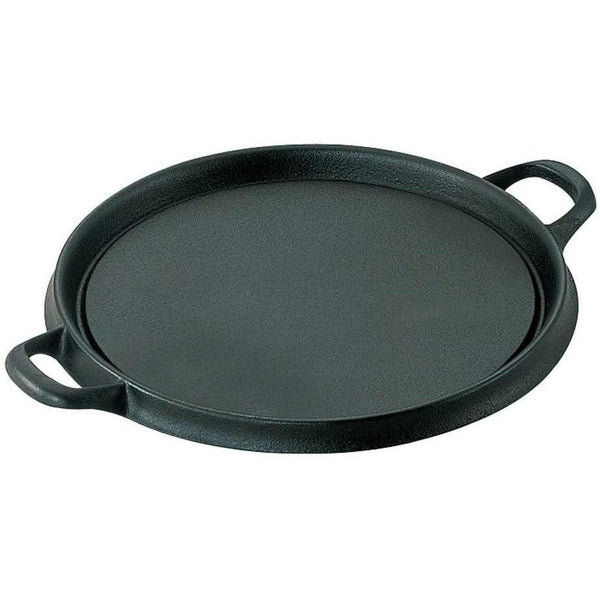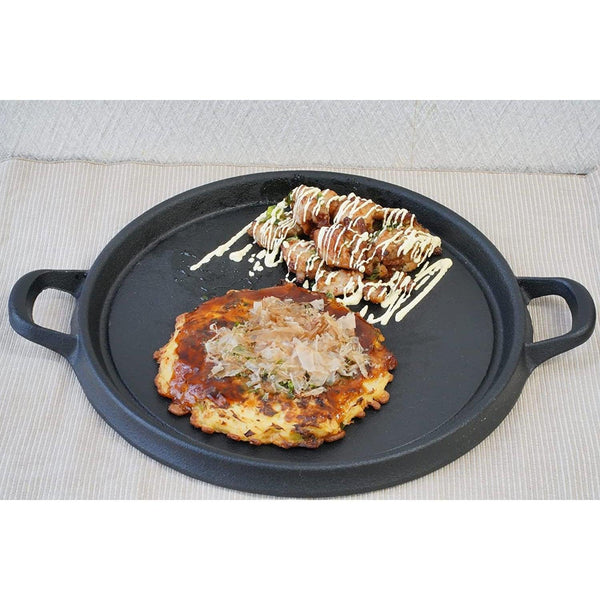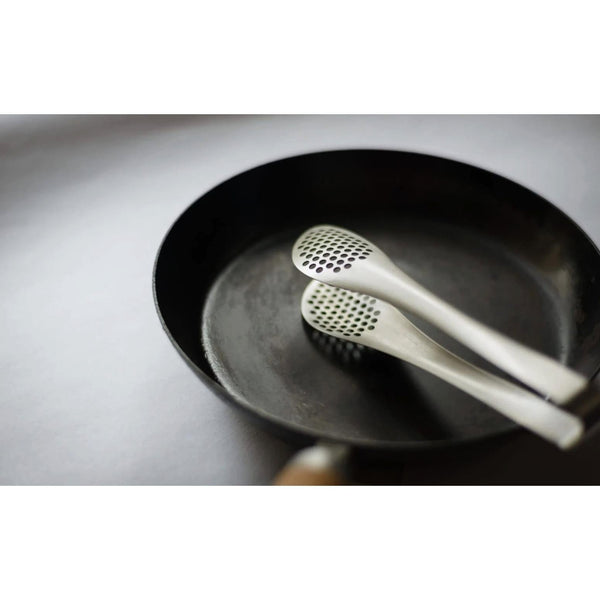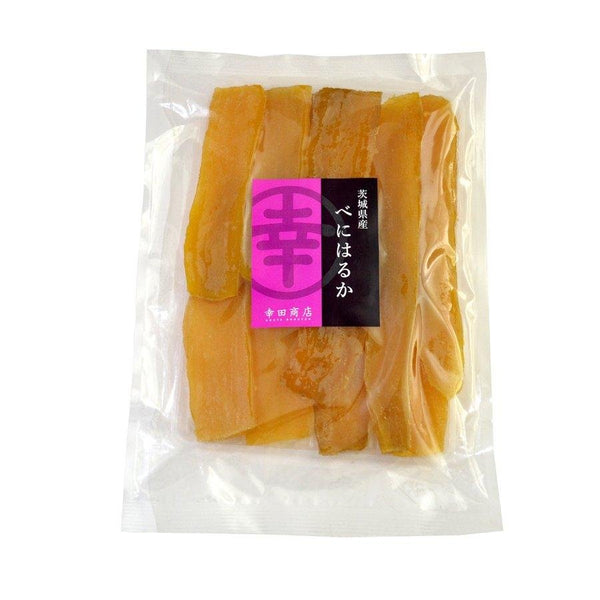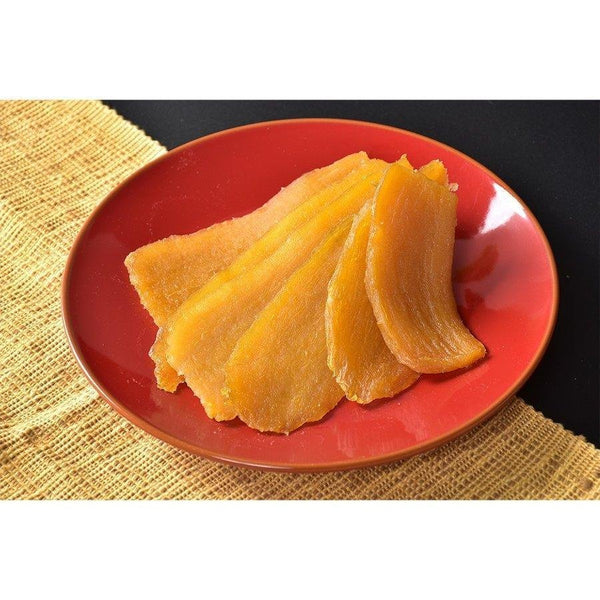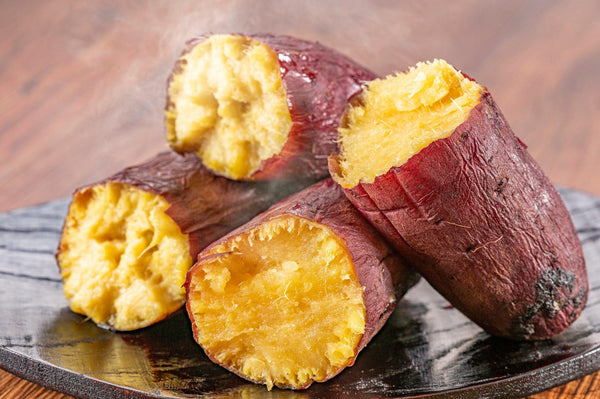
Yaki imo is a special treat that allows you to enjoy the delicious taste of Japanese sweet potatoes, or satsumaimo using a simple cooking method. Yaki imo has long been a favorite of all ages in Japan because of easy accessibility to satsumaimo in all areas of Japan. This simple yet satisfying food can be eaten as a meal or a snack.
You can find "yaki imo trucks" selling freshly baked satsumaimo in front of local train stations or in residential areas. Some supermarkets also sell ready-to-eat yaki imo in the vegetable section.
It is also a standard practice to wrap satsumaimo in aluminum foil and place them in the coals during a barbecue, then slowly heat them for a few hours until they become yaki imo!
Recently, yaki imo specialty stores that focus on making delicious yaki imo out of different types of high quality Japanese sweet potatoes have popped up across Japan. These kinds of shops are especially popular in the fall and winter months.
Of course, you can make yaki imo at home too. In order to make the most delicious yaki imo, you just have to know how to pick the correct sweet potato. You should pick sweet potatoes that feel heavy when you hold them, and don’t have too many whiskers. A sweet potato that feels heavy when you hold it is said to be more delicious. Sweet potatoes with a lot of whiskers and roots have a lot of fiber, which makes them hard on the tongue, so it’s recommended that you choose a sweet potato with as few whiskers as possible. If you find a brown liquid like honey on the surface of the sweet potato, it is a sign that the sweet potato will be very sweet.
The sweetness and texture of sweet potatoes vary depending on the variety. These are typical varieties found in Japan:
- Kintoki: Often easily found at supermarkets. Flaky and light in texture. It has a similar taste to chestnuts.
- Anno imo: The skin is reddish-purple and the inside is golden brown. It has a moist, sticky texture and is very sweet.
- Beniharuka: A new variety of sweet potato that has a smooth texture and is sweet.
Yaki imo is delicious on its own, but it is also good with some butter or salt.
Now, take your favorite sweet potato and turn it into yaki imo!
